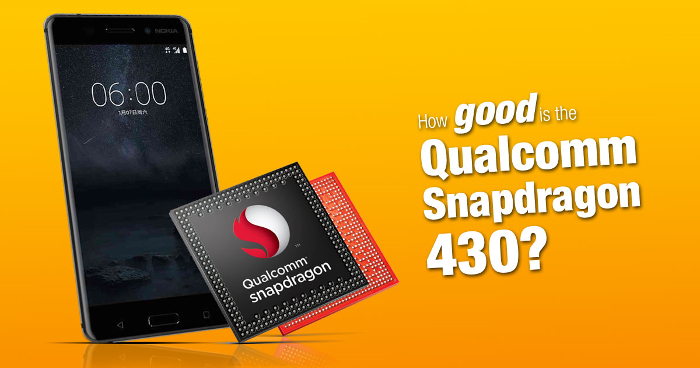
The recent news of the Nokia 6 made quite a few "mehs" with most of those directed at the Qualcomm Snapdragon 430 processor it uses. Other tech specs like the 4GB RAM and 64GB storage didn't get as much flak so we thought we'd check out the Snapdragon 430 processor using our similarly powered ASUS ZenFone 3 Max 5.5 or ZC553KL. Granted, there are differences between the two phones which you can see with our comparison tool, but the Nokia 6 does have the same display and more memory, so the differences in performance should be negligable if not better.
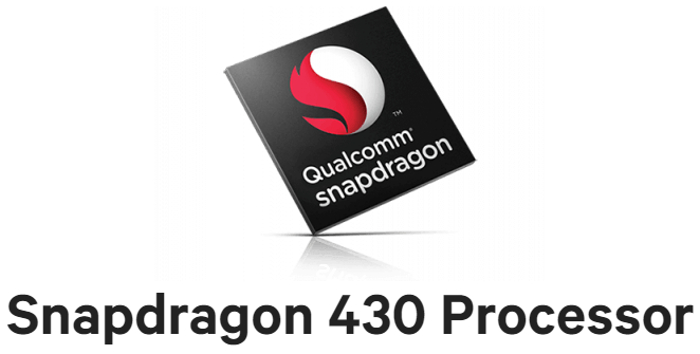
To start off, the Qualcomm Snapdragon 430 processor is an octa-core processor clocked up to 1.4GHz. It features an Adreno 505 graphics processor and X6 LTE modem for 4G LTE Cat 4 connectivity. Using CPU-Z and the CPU centric Geekbench 4 benchmark we got some fairly interesting results which you can see below:
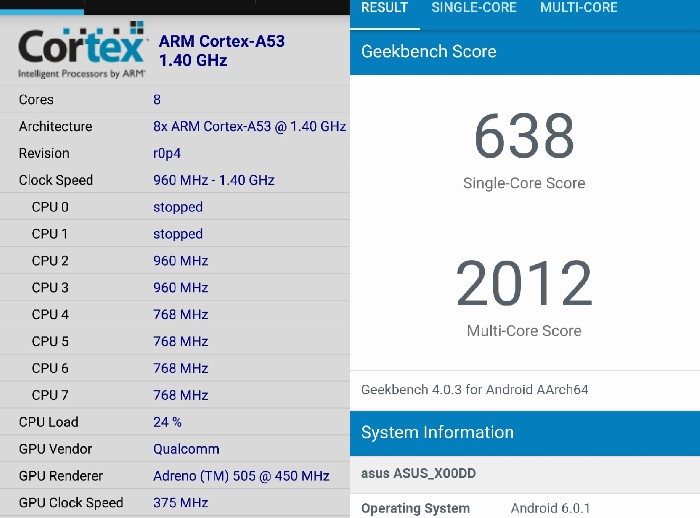
CPU-Z on the left and Geekbench on the right for the Qualcomm Snapdragon 430
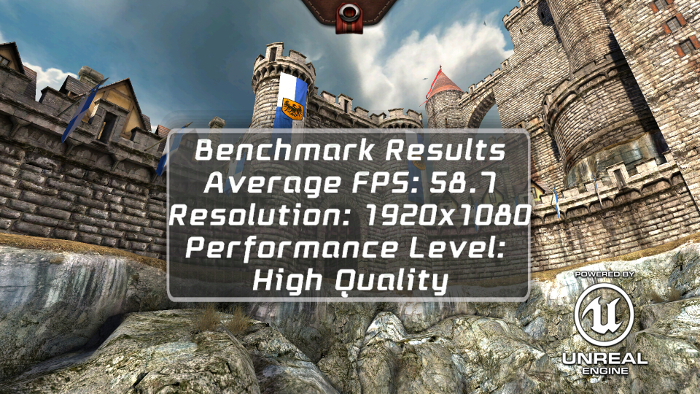
Pretty good scores in Epic Citadel for the Qualcomm Snapdragon 430 powered ASUS ZenFone 3 Max
To put things into perspective the Qualcomm Snapdragon 410 powered ASUS ZenFone Max ZC550KL had a Geekbench 4 single core score of 368 to 521 and a multi-core score of 342 to 1462. Remembering the ZenFone Max, it was an energy efficient machine that couldn't run most games without some lag but our current tests with the ZenFone 3 Max 5.5 reveals that it not only runs faster but lets you play games relatively smoothly which you can see in the video and benchmarks below:
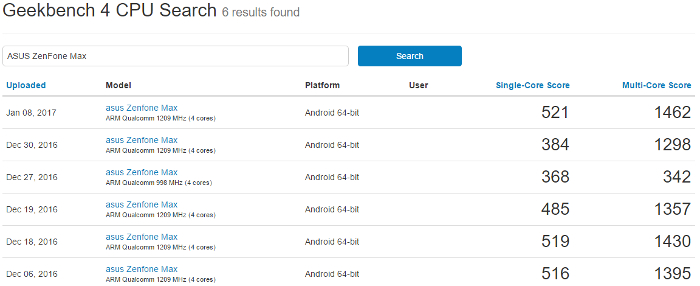
The Geekbench scores for the Qualcomm Snapdragon 410 powered ASUS ZenFone Max
Find out how good the Qualcomm Snapdragon 430 processor really is
Of course, this sort of performance is not on par with the higher-end crowd but the octa-core Snapdragon 430 should offer the Nokia 6 a reasonable amount of performance while saving battery life which is probably why Nokia (and ASUS) chose it in the first place.







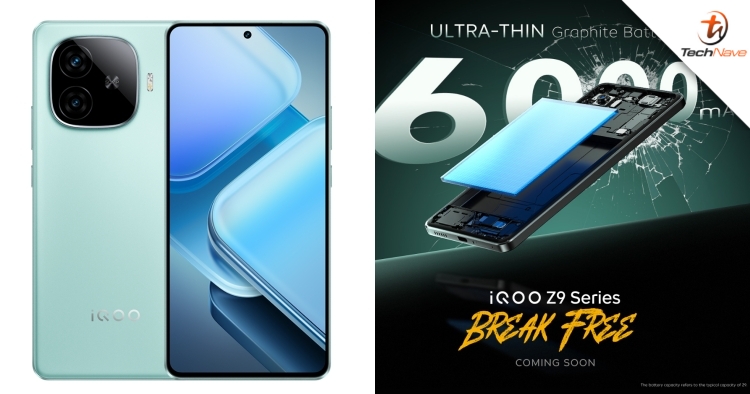
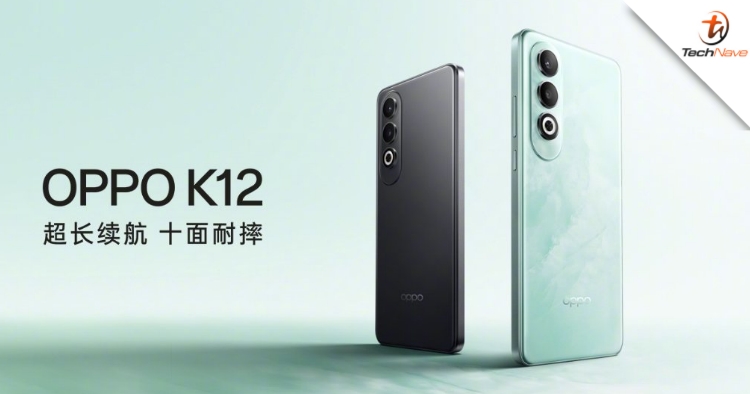
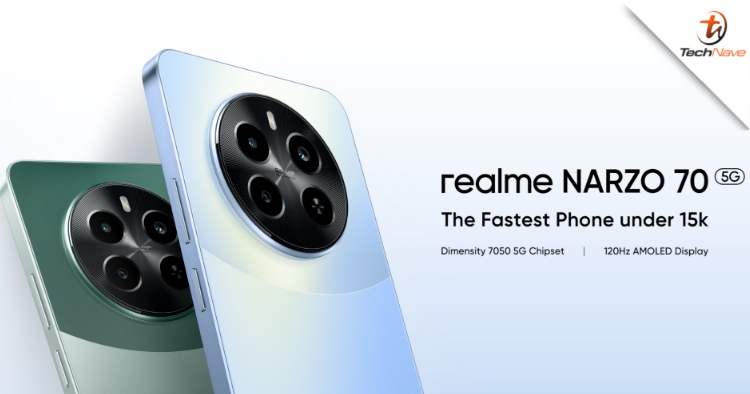
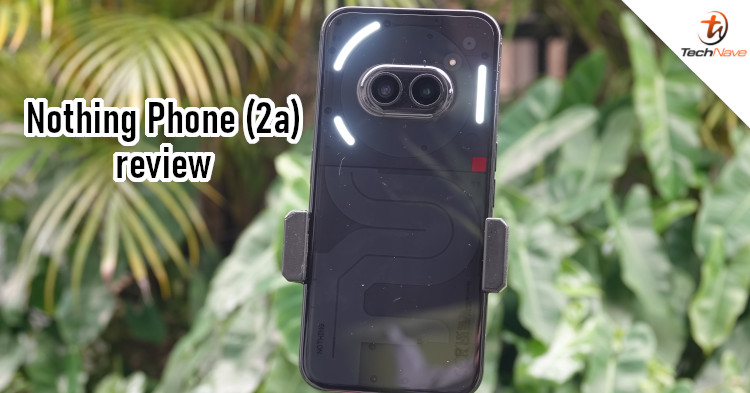




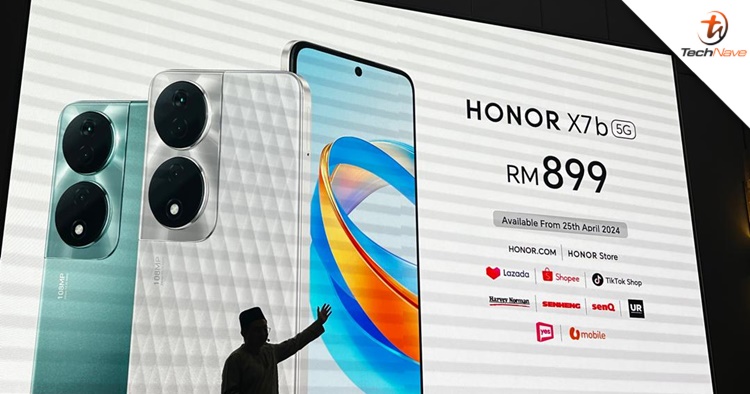
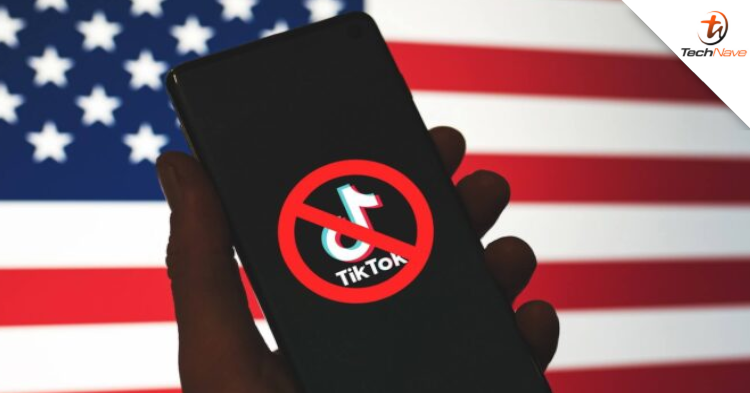
COMMENTS